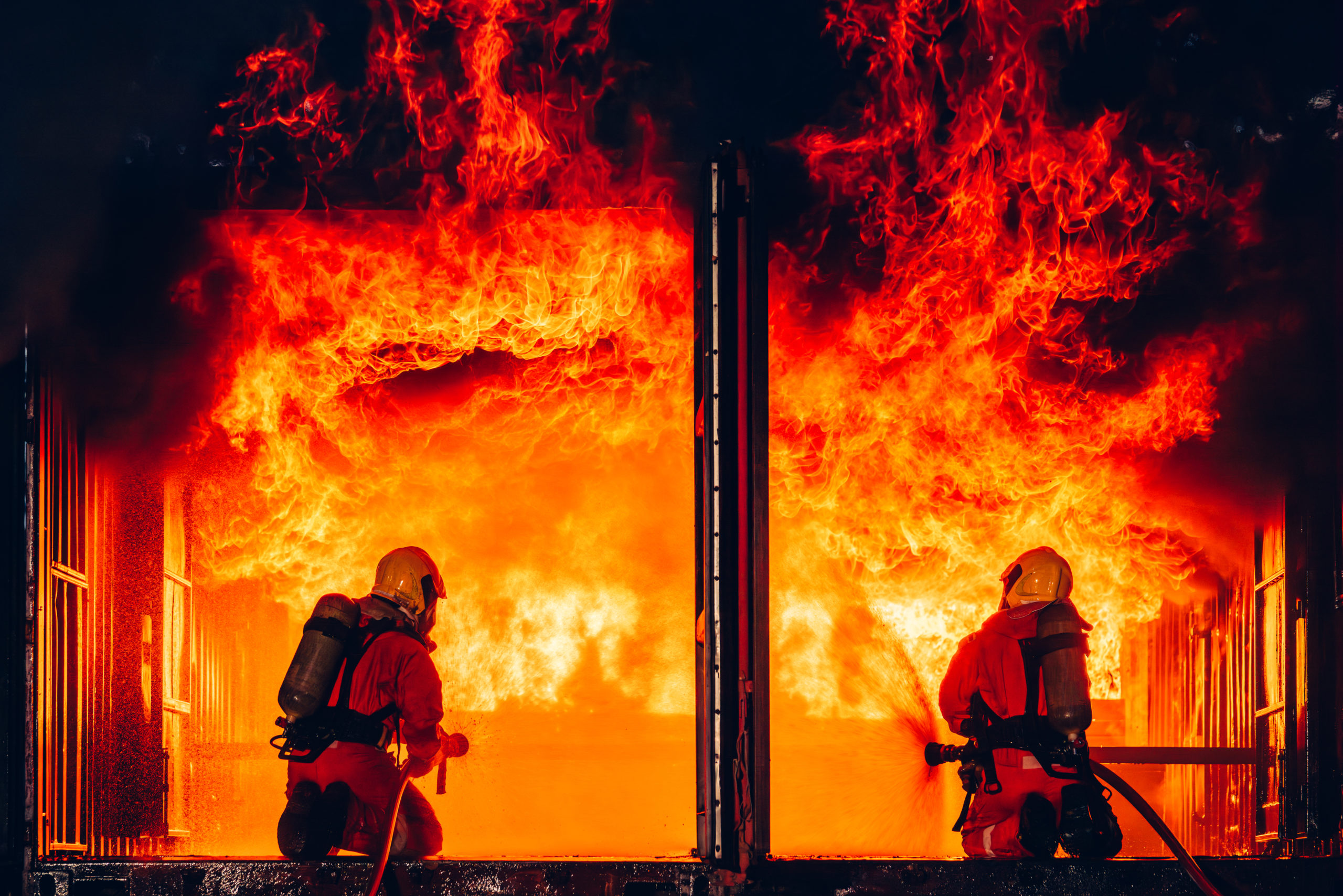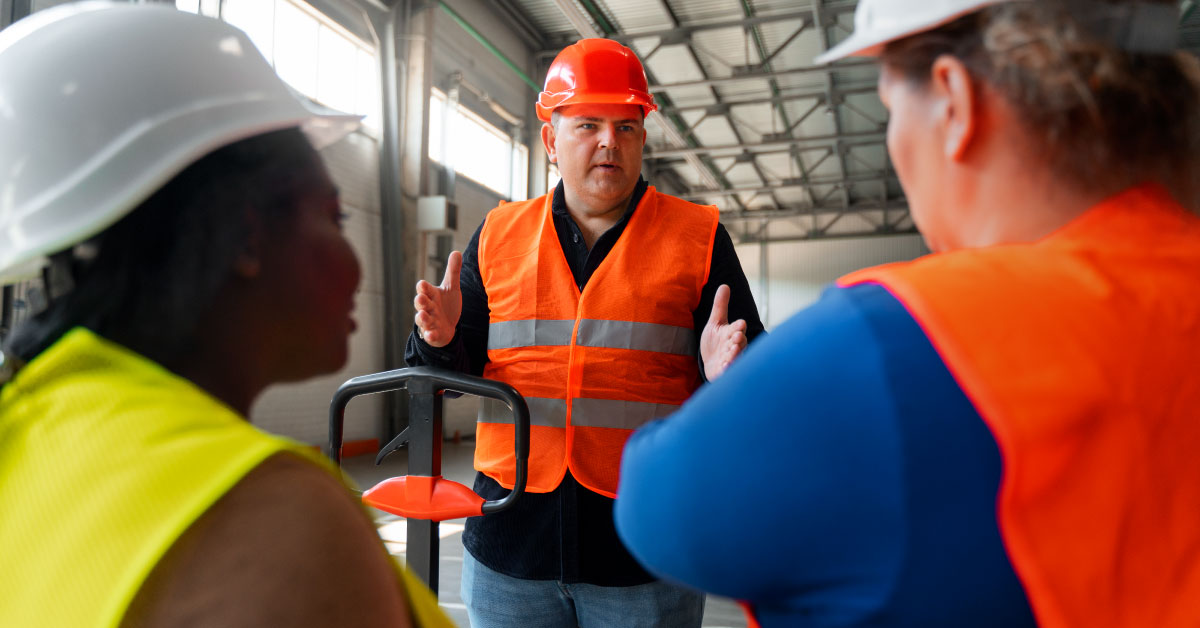Note from the editor: – Our initial case study for Grenfell can be found here
The Grenfell Tower fire on 14 June 2017 was one of the most tragic events in modern British history, claiming 72 lives. Since then, the inquiry into what went wrong has provided critical insights into the causes and failings that contributed to the disaster. The recently released Phase 2 report sheds further light on systemic safety issues and offers key lessons for businesses and organisations when it comes to health and safety.
In this blog, we’ll break down the most important takeaways from the Phase 2 report and highlight how they can inform better safety practices in workplaces across the UK.
Understanding the Phase 2 Report
Phase 2 of the Grenfell Inquiry examines the broader causes of the fire, focusing on how key organisations, including those responsible for the building’s refurbishment, responded to the disaster. The inquiry revealed widespread failings in fire safety, building regulations, and risk management that ultimately led to the devastating loss of life.
Key areas of concern included:
- The use of highly flammable cladding and insulation materials.
- Inadequate fire risk assessments.
- A lack of clear evacuation procedures and failure to properly communicate safety protocols to residents.
- Issues with accountability among contractors and regulatory bodies.
These findings aren’t limited to the housing sector—every workplace, from office environments to industrial settings, can draw vital lessons from the inquiry’s revelations.
Key Health and Safety Lessons for Workplaces
The Grenfell disaster has sent shockwaves across all industries, with businesses and organisations rethinking their approach to health and safety. Here are the main lessons that all workplaces should take on board:
1. Fire Risk Assessments Must Be Thorough and Regular
One of the core failings highlighted in the Phase 2 report was the lack of comprehensive fire risk assessments. Businesses should conduct regular fire risk assessments that cover all aspects of fire safety, including:
- Fire exits and evacuation routes.
- Emergency lighting and signage.
- Fire alarms and sprinkler systems.
- Ensuring materials used within the building are fire-resistant.
These assessments should be updated frequently, especially after any refurbishment or building work that may impact fire safety.
To ensure your organisation has a robust fire safety strategy, consider having key personnel complete the NEBOSH Fire Safety Certificate. This qualification provides employees with the knowledge to conduct effective fire risk assessments and implement the necessary controls.
2. Ensure Proper Training for All Staff
Another major takeaway from the Grenfell Inquiry is the critical importance of fire safety training. In workplaces, employees must:
- Know evacuation procedures and be familiar with all fire exits.
- Understand how to use fire safety equipment, such as extinguishers and alarms.
- Be trained on risk identification—encouraging staff to report potential fire hazards immediately.
Regular fire drills should be conducted to ensure all employees are prepared and can respond swiftly in the event of an emergency.
One way to ensure that your workplace is fully prepared is to designate trained fire marshals. Our Fire Marshal Training course equips staff with the skills to lead evacuations and ensure that everyone is safe in case of a fire. Having trained fire marshals on-site can make a significant difference in your fire safety preparedness.
3. Accountability is Key: Establish Clear Roles and Responsibilities
The Grenfell disaster also brought to light the problem of unclear accountability among contractors, builders, and regulatory bodies. In your workplace, ensure that specific individuals are assigned to oversee health and safety compliance, particularly with fire safety measures. These individuals should:
- Ensure that all fire safety equipment is properly maintained.
- Oversee the implementation of safety protocols.
- Keep up-to-date with changes in regulations and ensure that your business complies.
Holding people accountable for safety protocols not only improves compliance but also helps prevent the dangerous assumption that “someone else” is responsible for fire safety.
4. Safety Compliance is Non-Negotiable
The Grenfell fire underscored the catastrophic consequences of cutting corners on safety. Non-compliance with fire safety regulations led to unsafe materials being used on the building’s exterior, contributing to the rapid spread of the fire. As a result, businesses must:
- Ensure strict adherence to building and safety regulations.
- Work only with contractors and suppliers who meet safety standards and hold appropriate certifications.
- Take safety audits seriously and address any issues immediately.
There’s no room for compromise when it comes to safety compliance. The cost of negligence is far too high.
Looking Ahead: Building a Safer Future
The Phase 2 report of the Grenfell Inquiry is a stark reminder that safety in the workplace is everyone’s responsibility. While the tragedy occurred in a residential tower block, the lessons learned are just as applicable to businesses, especially those in industries that carry higher risks of fire or where safety regulations are vital.
At Acadame, we work with businesses across the UK to ensure that they are compliant with health and safety standards, from conducting thorough fire risk assessments to providing staff with up-to-date safety training. If you’re looking to improve your workplace’s safety measures in the wake of the Grenfell Inquiry, don’t hesitate to get in touch.
Together, we can create safer workplaces and ensure that tragedies like Grenfell are never repeated.
Final Thoughts
The Grenfell Tower Inquiry has made it clear that health and safety regulations, when ignored, can have devastating consequences. As businesses, we must take these lessons seriously, ensuring that our workplaces are not only compliant but that safety is ingrained in our organisational culture.
Safety isn’t just about ticking boxes—it’s about protecting lives.




